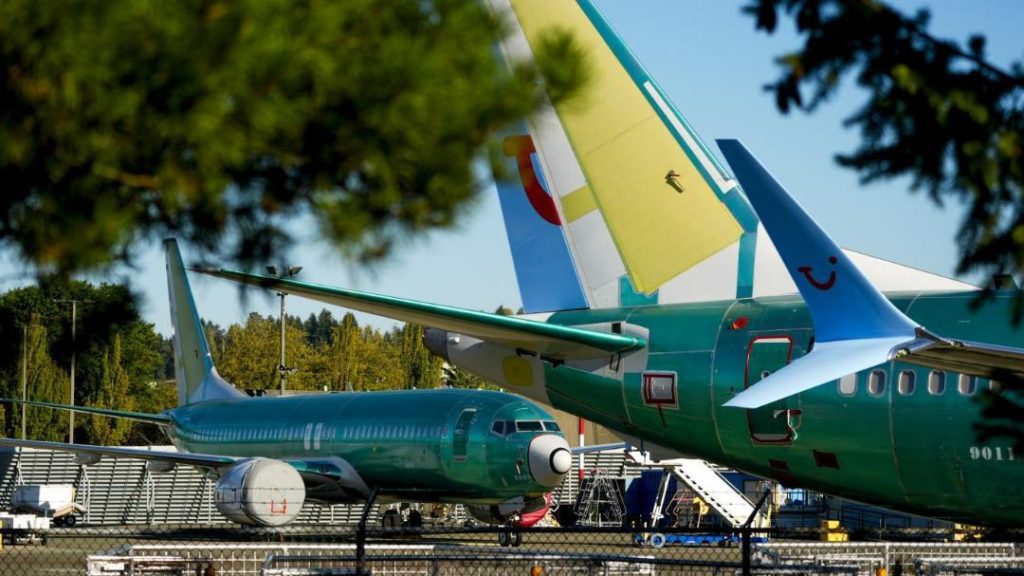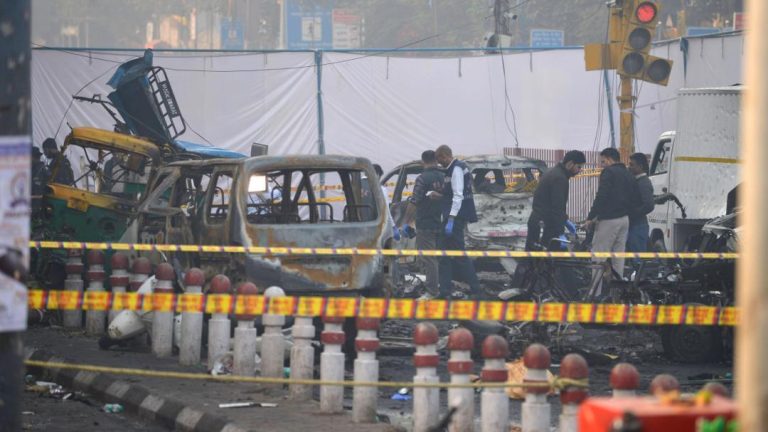
Boeing Crashes, Incidents & Failures: 2019–2025 Timeline
The year 2019 marked a turning point for Boeing, the American multinational corporation that has been a leading player in the global aviation industry for decades. A series of crashes, technical failures, emergency landings, and structural issues involving Boeing aircrafts sent shockwaves around the world, raising serious concerns about the company’s safety, quality control, and reliability.
In this blog post, we will take a closer look at the major incidents involving Boeing aircrafts between 2019 and 2025, including the devastating crashes, technical failures, and structural issues that have plagued the company’s 737 and 787 jets.
2019: The Beginning of a Crisis
The year 2019 started on a sour note for Boeing. On January 8, Ethiopian Airlines Flight 302, a Boeing 737 MAX 8, crashed shortly after takeoff from Addis Ababa, killing all 157 people on board. This was the second deadly crash of a 737 MAX in five months, following the Lion Air Flight 610 crash in Indonesia in October 2018.
The Ethiopian Airlines crash led to a global grounding of the 737 MAX fleet, as investigators began to investigate the causes of the disaster. The incident also sparked a debate about the safety and reliability of Boeing’s aircraft, as well as the company’s response to the crisis.
2020: More Trouble for Boeing
The year 2020 brought more bad news for Boeing. In January, a 737-800 operated by Ukraine International Airlines crashed shortly after takeoff from Tehran, killing all 176 people on board. While the cause of the crash was attributed to a missile strike, the incident highlighted the vulnerability of commercial aircraft to external threats.
In September 2020, a 737-800 operated by China Eastern Airlines suffered a loss of cabin pressure during a flight from Shanghai to Dalian, forcing an emergency landing. The incident raised concerns about the safety and reliability of Boeing’s aircraft.
2021: Continued Challenges
In 2021, Boeing continued to face challenges. In February, a 737-800 operated by South Korean airline Asiana Airlines suffered a technical issue during a flight from Seoul to Busan, forcing an emergency landing. The incident highlighted the need for Boeing to improve its quality control and reliability.
In June 2021, a 787-9 operated by Air India suffered a fuel leak during a flight from Delhi to San Francisco, forcing an emergency landing. The incident raised concerns about the structural integrity of Boeing’s 787 jets.
2022: Boeing’s Reforms
In 2022, Boeing announced a series of reforms aimed at improving its safety, quality control, and reliability. The company launched a comprehensive review of its safety procedures, including the development of new safety protocols and the implementation of new safety technologies.
Boeing also announced plans to reduce its workforce by 10%, citing the need to adapt to the changing aviation industry. The company’s decision to lay off 180 engineers in Bengaluru, India, was seen as a necessary step towards improving its efficiency and competitiveness.
2023: More Incidents
Despite Boeing’s reforms, the company continued to face challenges in 2023. In January, a 737-800 operated by China Southern Airlines suffered a technical issue during a flight from Guangzhou to Shanghai, forcing an emergency landing. The incident highlighted the need for Boeing to improve its quality control and reliability.
In March 2023, a 787-9 operated by Korean Air suffered a fuel leak during a flight from Seoul to Los Angeles, forcing an emergency landing. The incident raised concerns about the structural integrity of Boeing’s 787 jets.
2025: The Air India Dreamliner Crash
The year 2025 started with a devastating crash of an Air India Boeing 787-9 Dreamliner. On January 14, the aircraft crashed shortly after takeoff from Ahmedabad, killing all 248 people on board. The incident was the deadliest crash of a Boeing 787 in history.
The investigation into the crash is ongoing, but initial reports suggest that the aircraft suffered a technical issue shortly after takeoff. The incident has raised serious concerns about the safety and reliability of Boeing’s 787 jets.
Conclusion
The timeline of Boeing crashes, incidents, and failures between 2019 and 2025 is a stark reminder of the challenges facing the company. Despite reforms and efforts to improve its safety, quality control, and reliability, Boeing continues to face challenges that threaten its reputation and the safety of its passengers.
As we move forward, it is essential for Boeing to continue to prioritize safety, quality control, and reliability. The company must also continue to invest in research and development, as well as employee training and development, to ensure that its aircraft are safe, reliable, and efficient.
In the end, the safety of passengers and the reputation of Boeing depend on the company’s ability to learn from its mistakes and continue to improve its products and services.
News Source:
https://ascendants.in/business-stories/boeing-lays-off-180-engineers-bengaluru/






